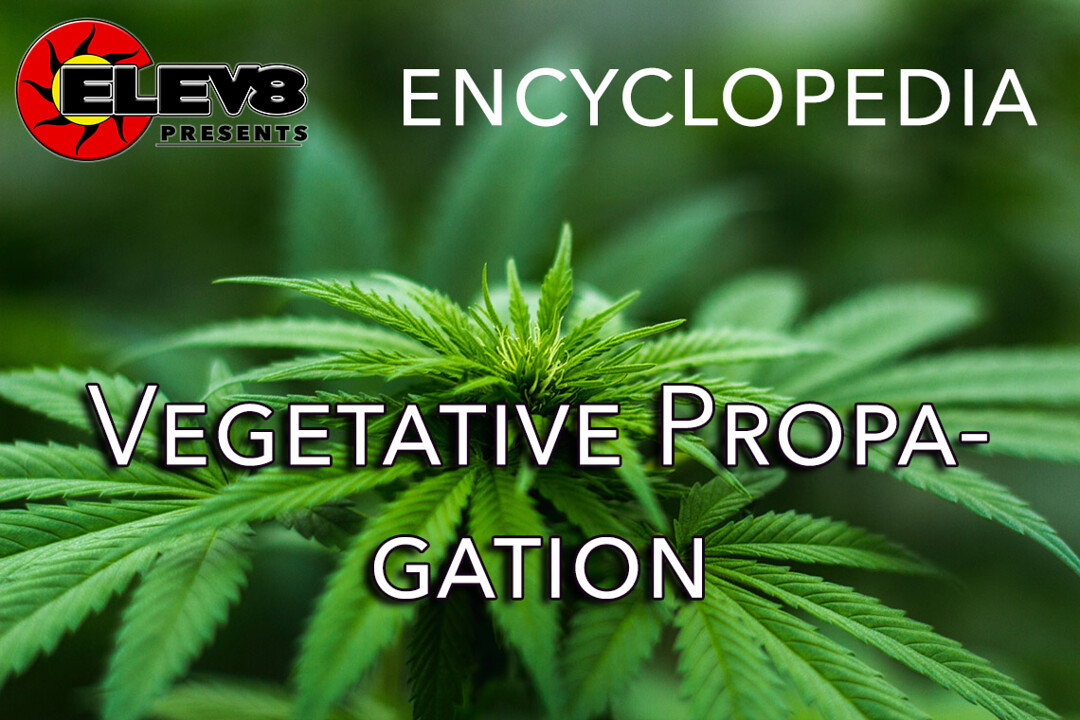What does Vegetative Propagation mean?
Vegetative propagation, or vegetative plant propagation, refers to the process of plant reproduction whereby a fragment of a parent plant (a cutting) is taken in order to produce more plants (clones). These fragments, known as cuttings, are able to take root and grow into full plants without much interference from the gardener.
In most cases, the vegetation used in vegetative plant propagation is derived from the roots, stems, and leaves of a gardener’s healthiest, highest-yielding plant, commonly referred to as the mother plant.
Many indoor growers refer to vegetative plant propagation simply as cloning, or taking cuttings. It is considered to be an asexual method of plant propagation.
More Info On Vegetative Propagation
Many plants can reproduce naturally via vegetative plant propagation, but it is also possible for botanists to artificially induce vegetative propagation. In fact, this is a common practice for indoor growers looking for swifter growth cycles and more predictable plant growth in their growrooms.
Because vegetative propagation essentially produces natural clones of the parent plant, the new plants contain the same genetic material. This enables botanists to continuously reproduce the same traits that are desirable in the original plant, provided that the growing conditions are favorable.
As a result, vegetative propagation is commonly used for commercial purposes, enabling planters to maintain both a consistent taste and quality.
Another advantage of vegetative propagation is that plants can skip the seedling phase, which enables farmers to save money and time. For example, instead of taking around three years to reach maturity, a young tea plant cutting can easily reach maturity in a matter of months with vegetative propagation.
On the other hand, vegetative propagation has been shown to negatively impact the plant’s biodiversity while putting both the original and new plant at risk of certain kinds of diseases.







